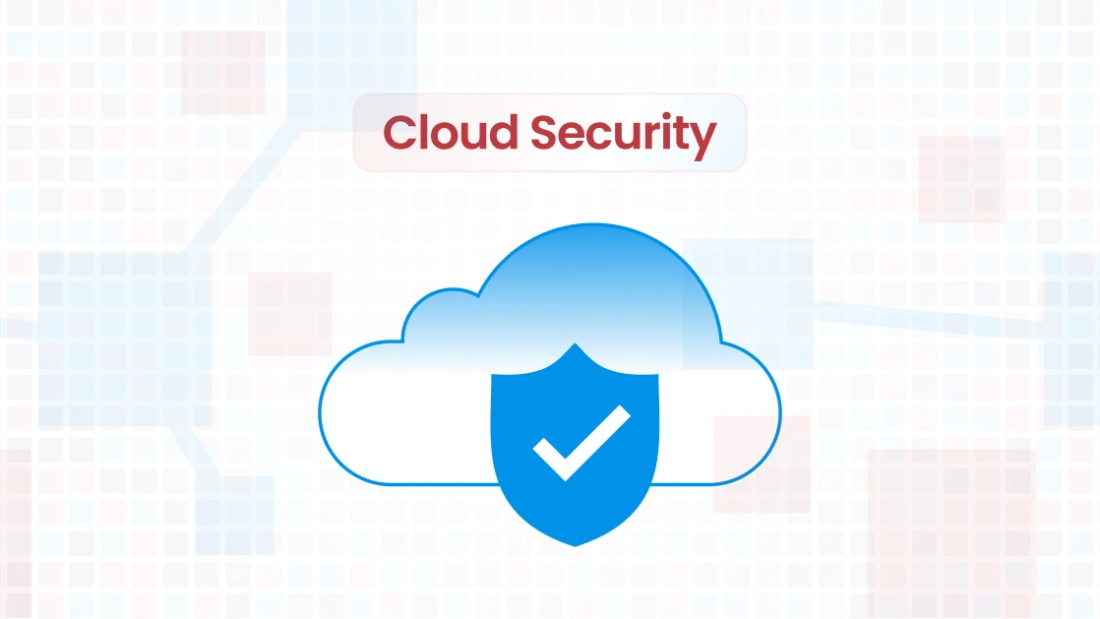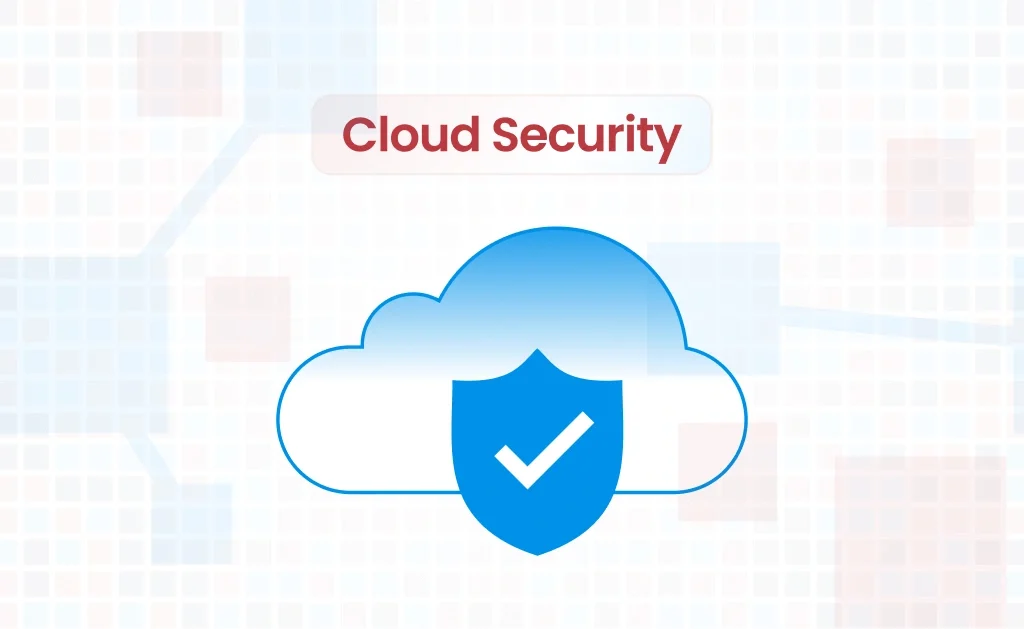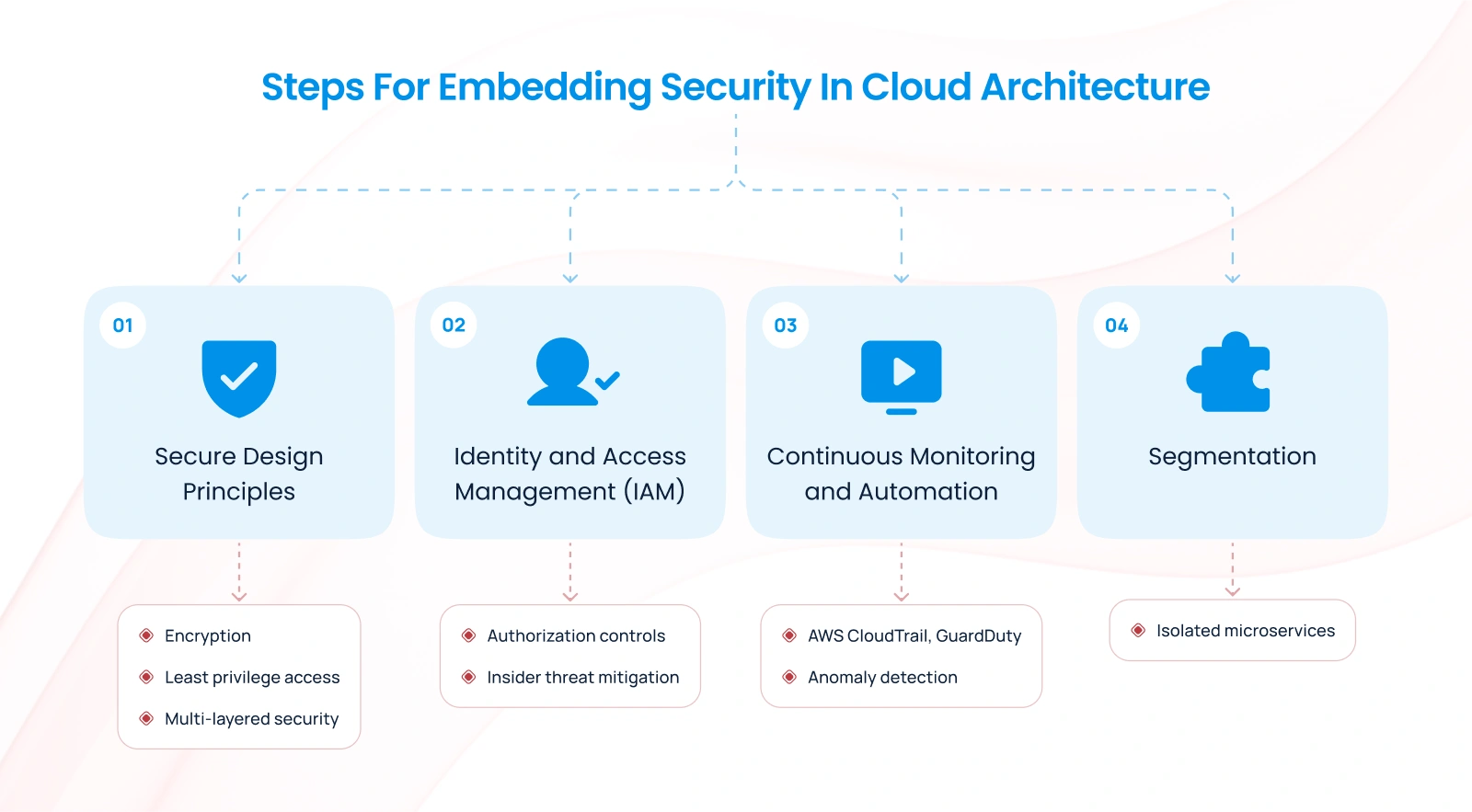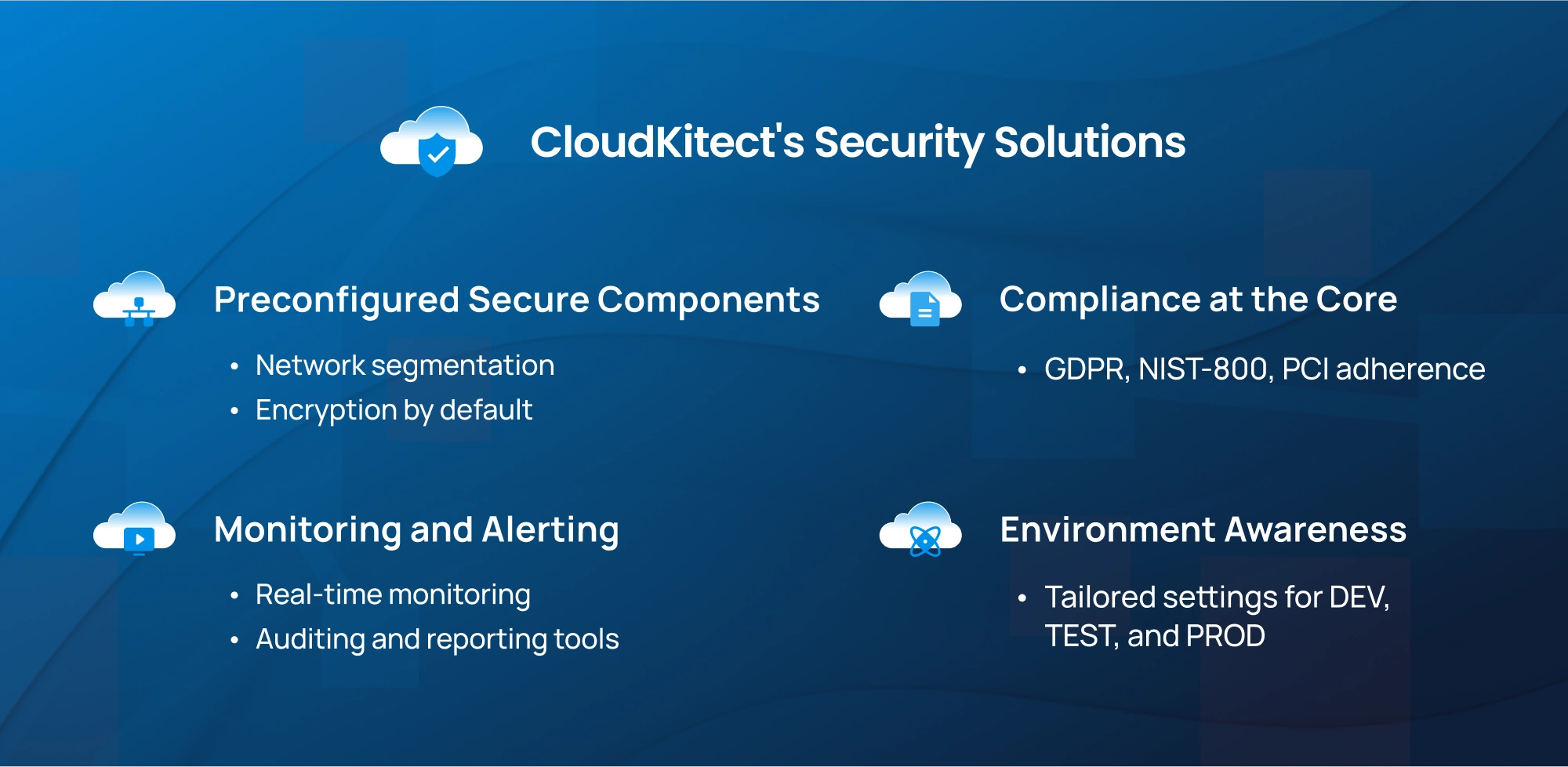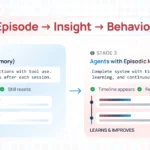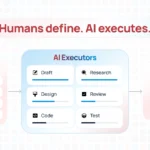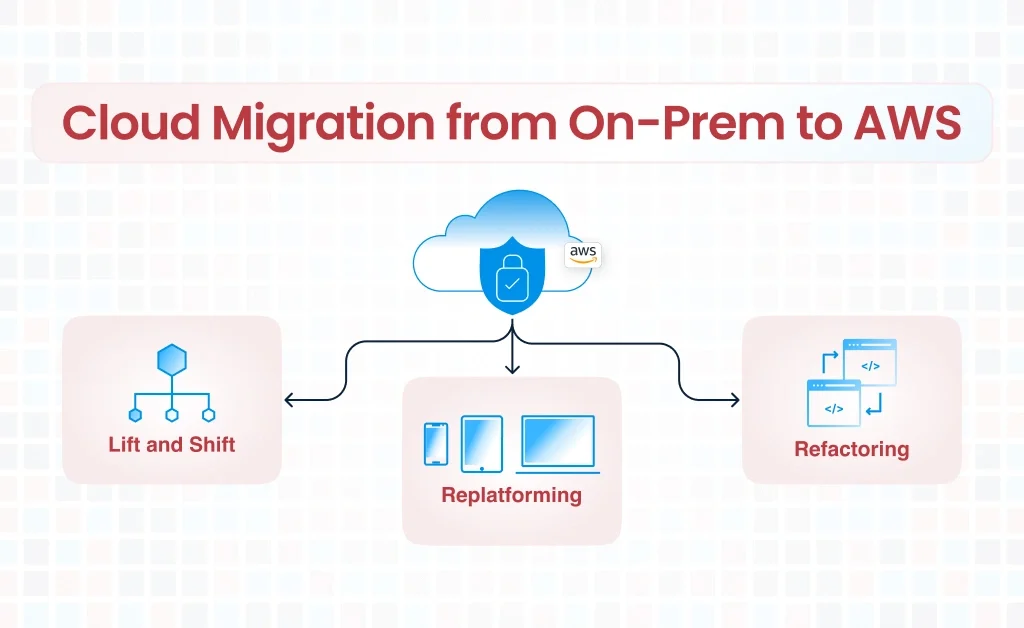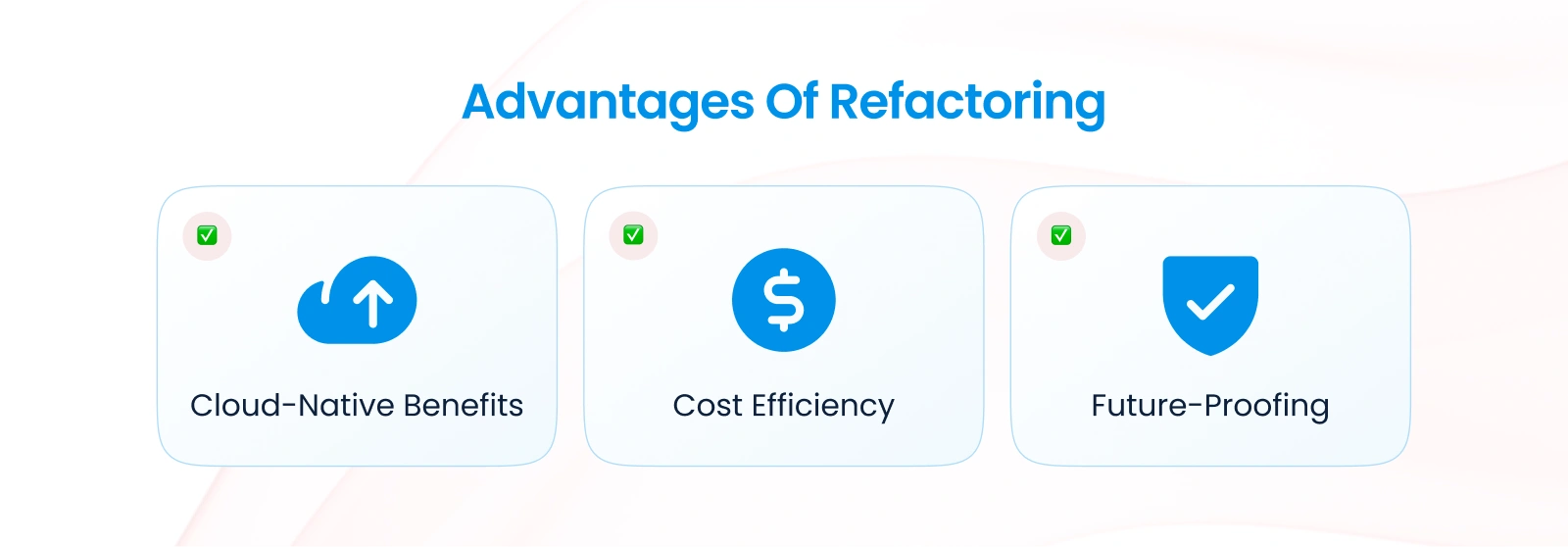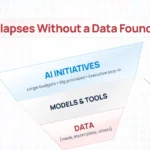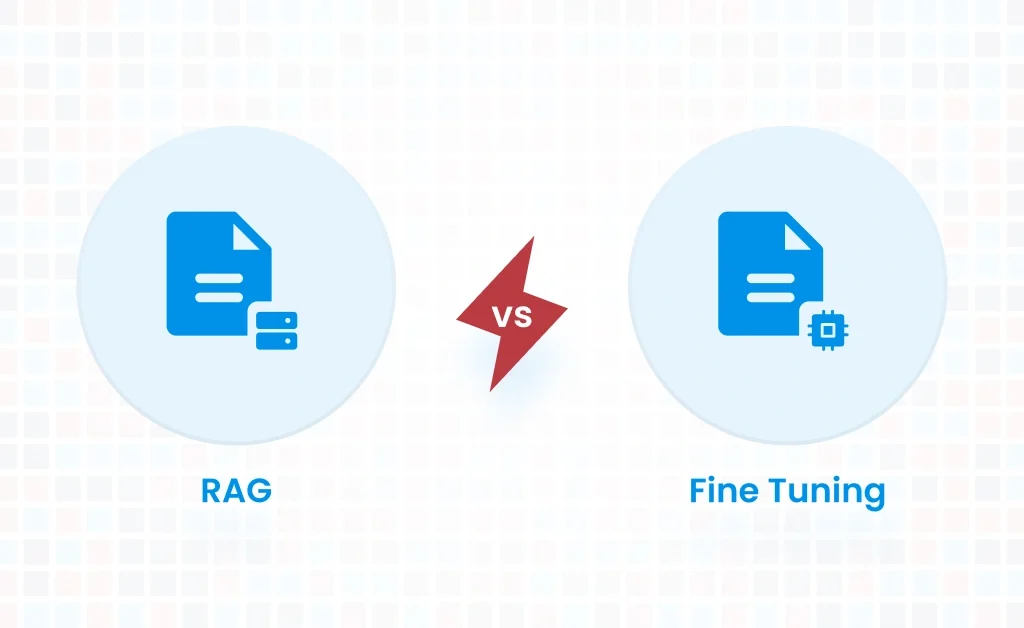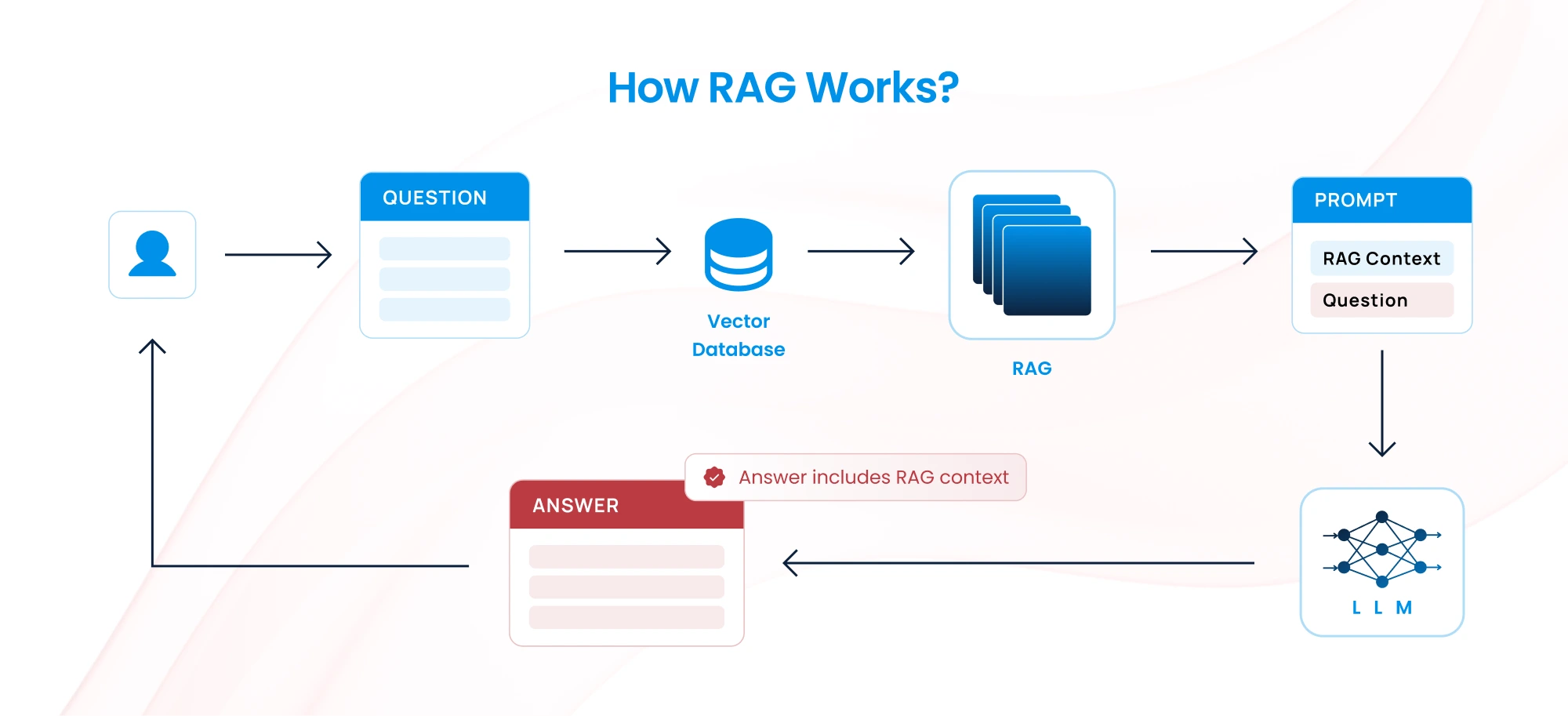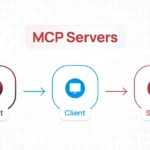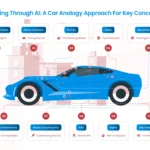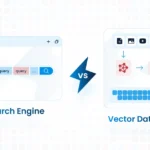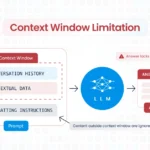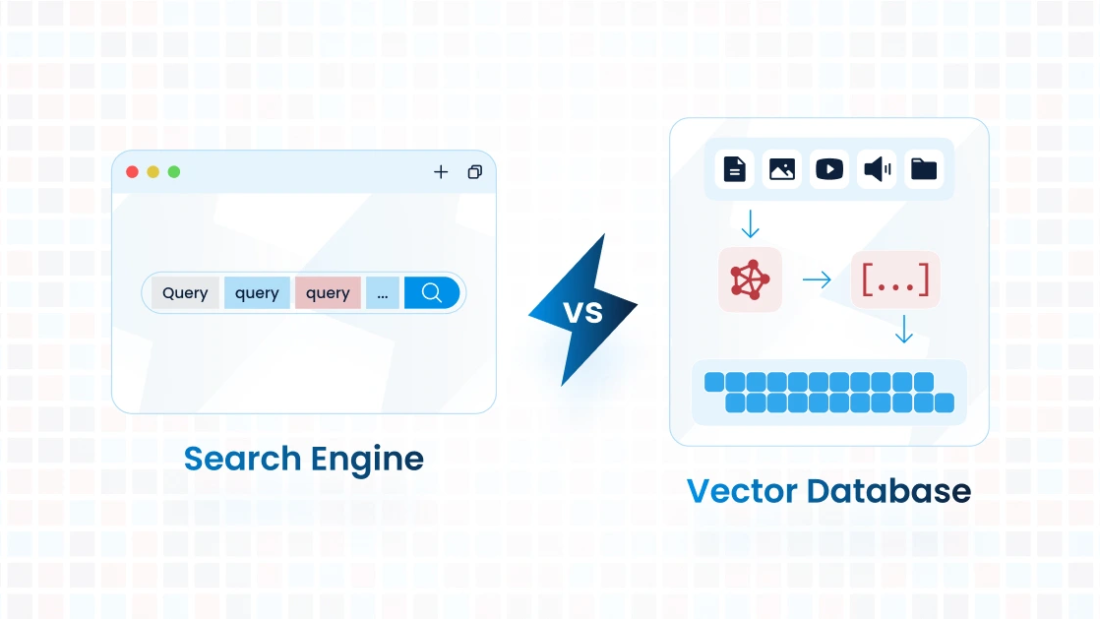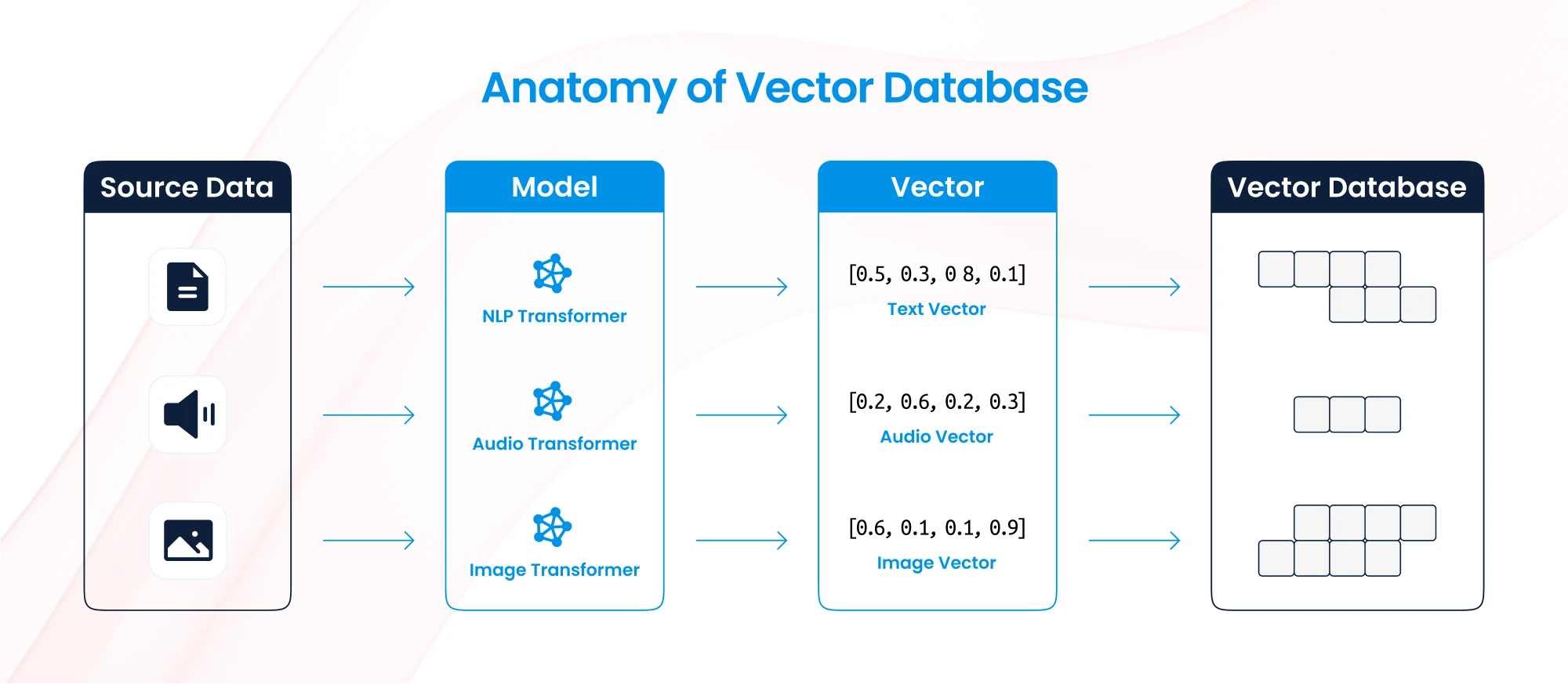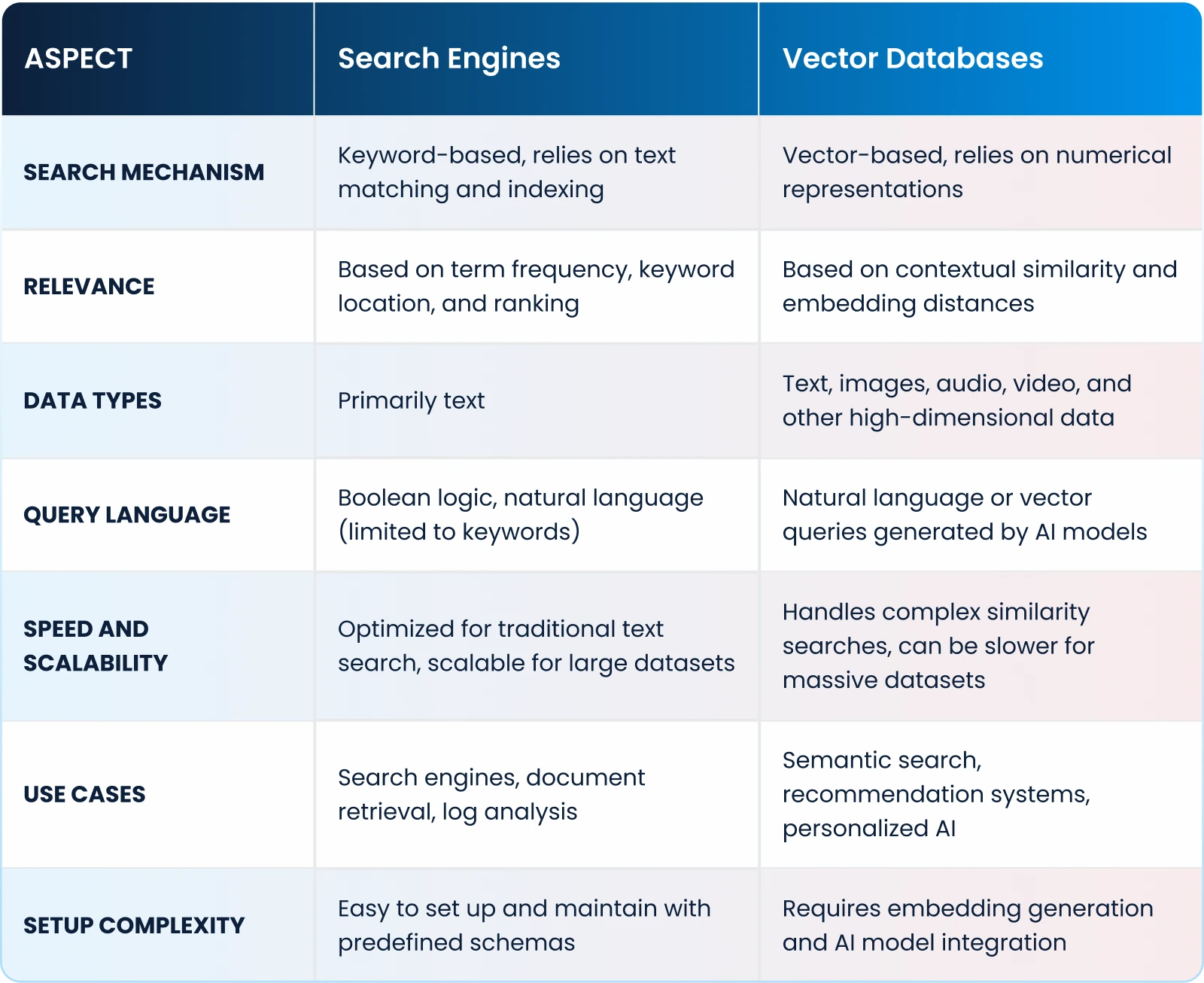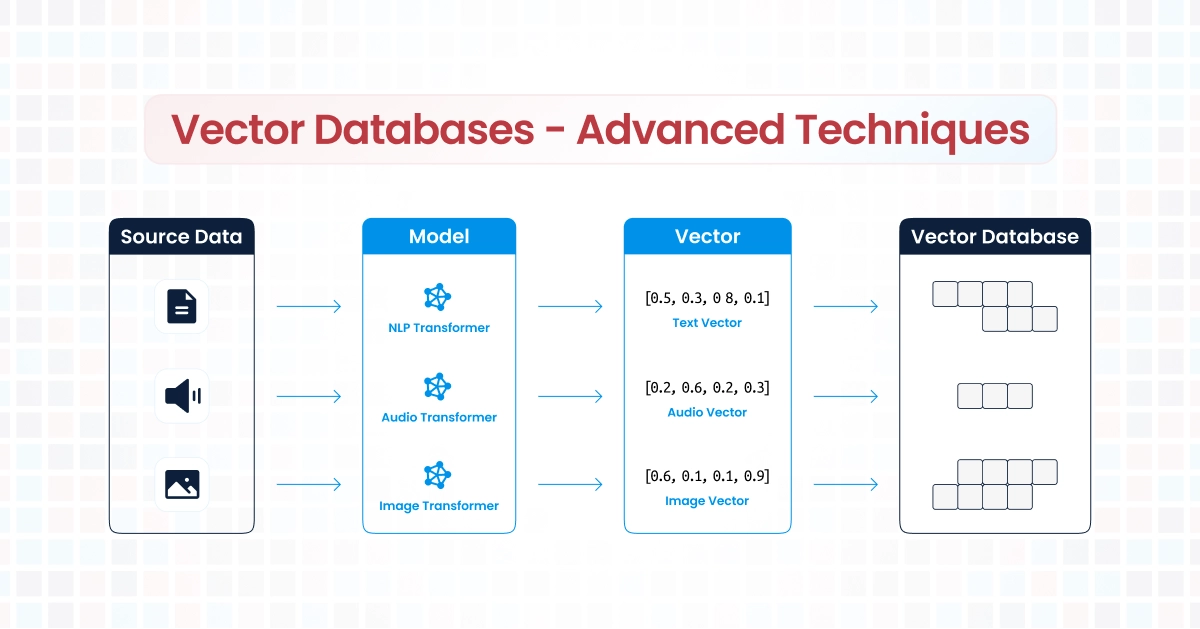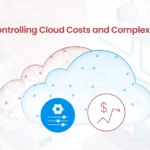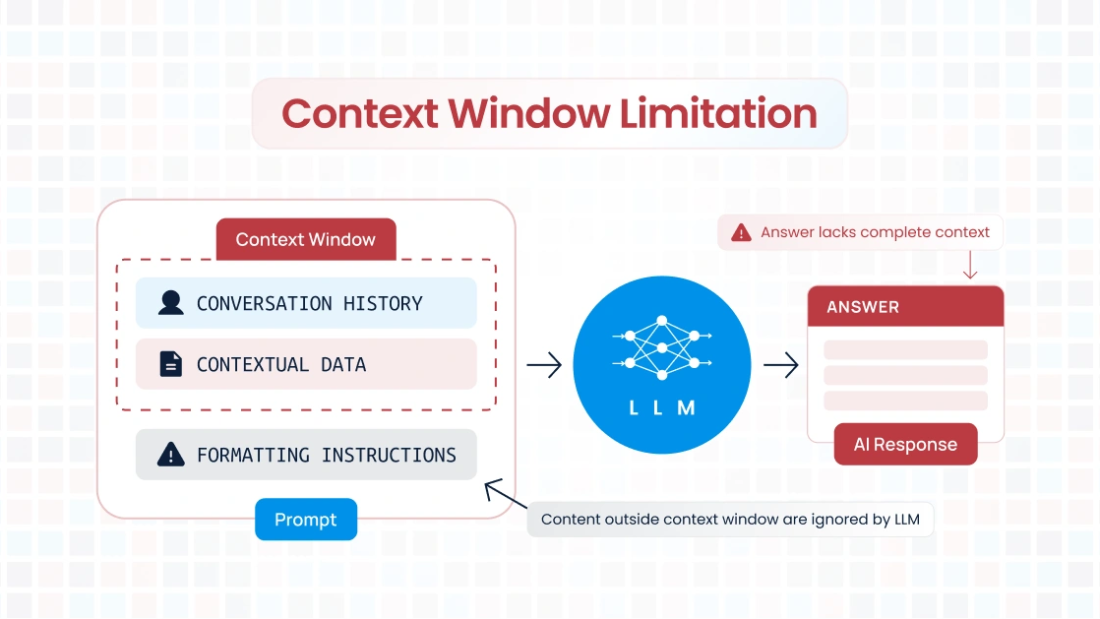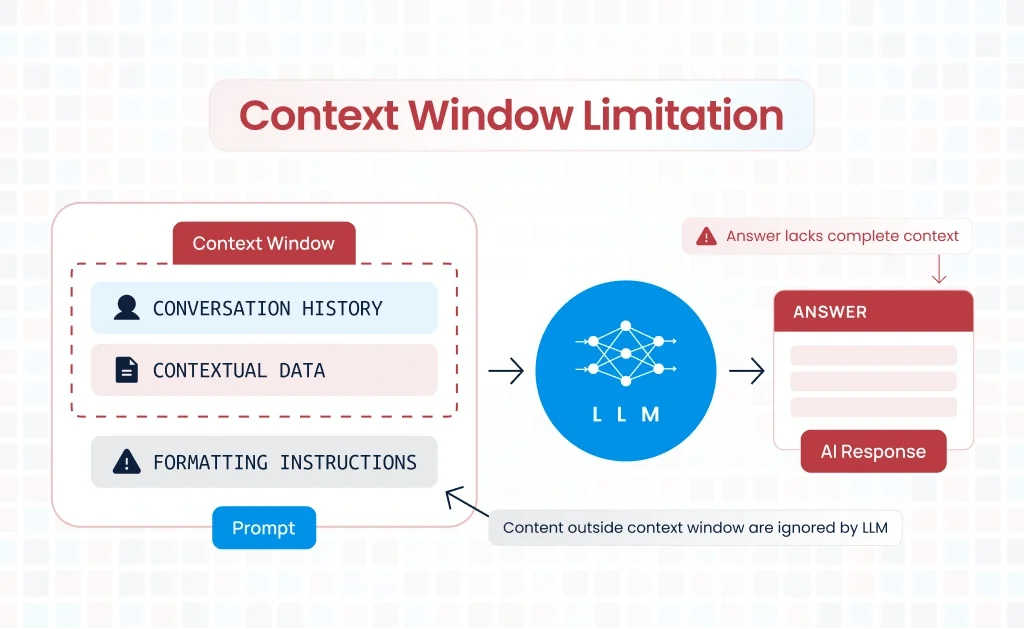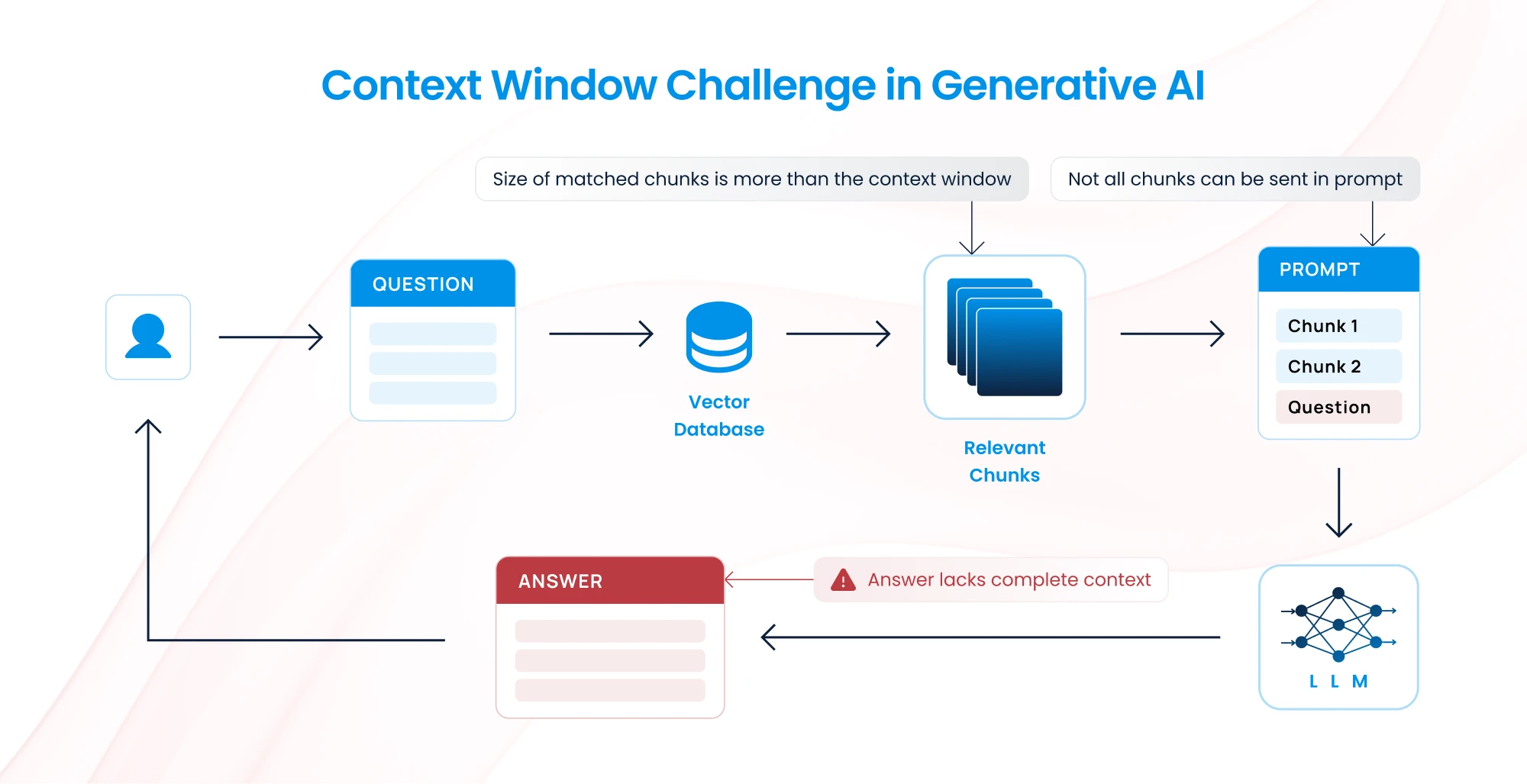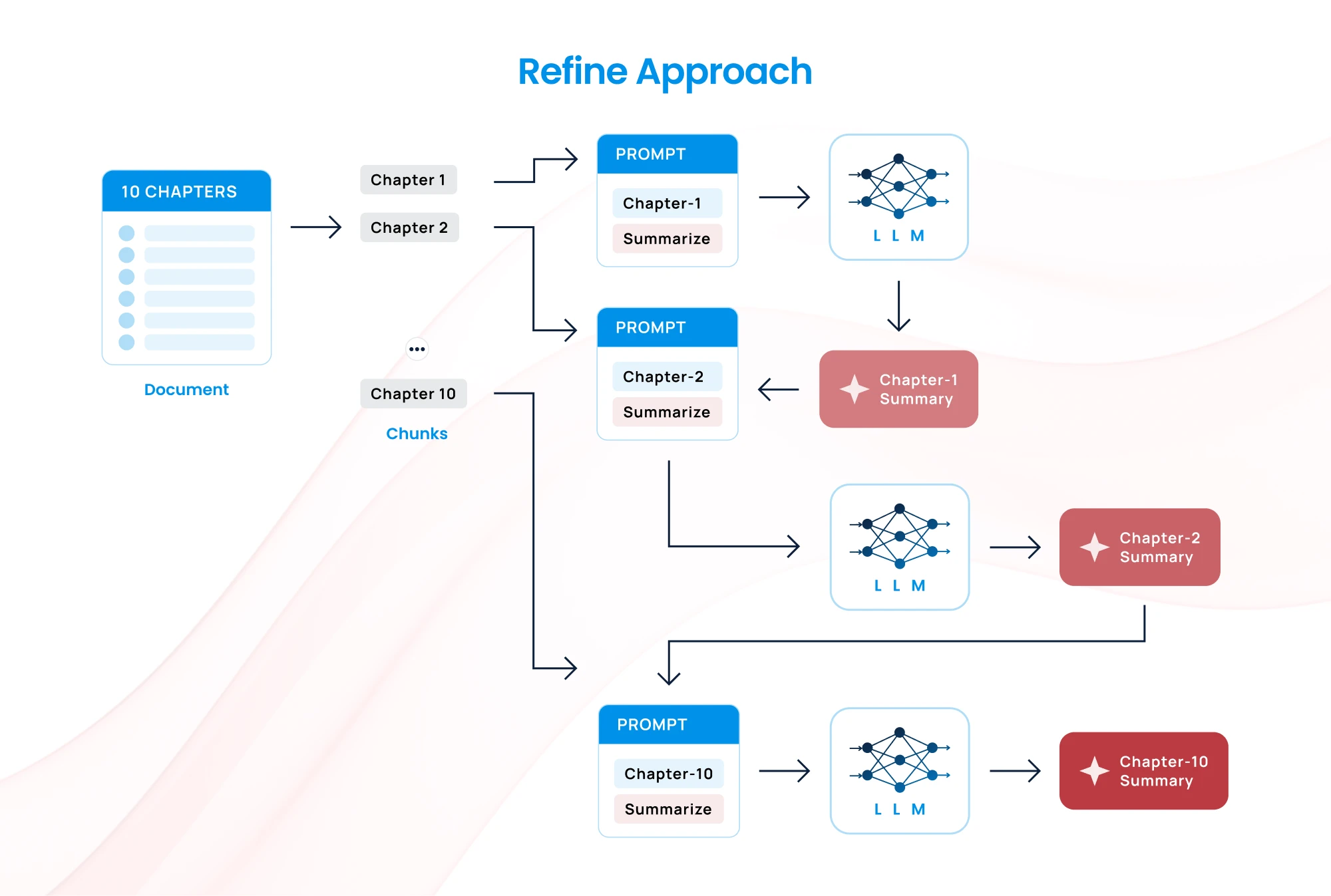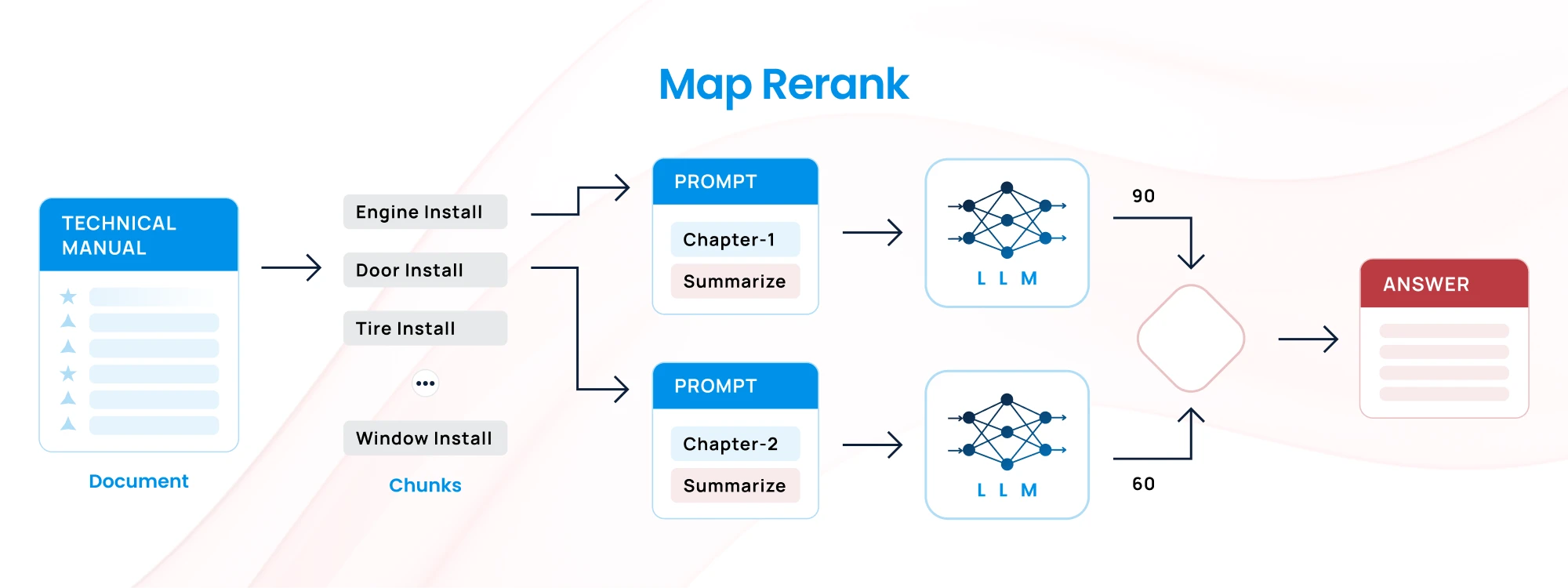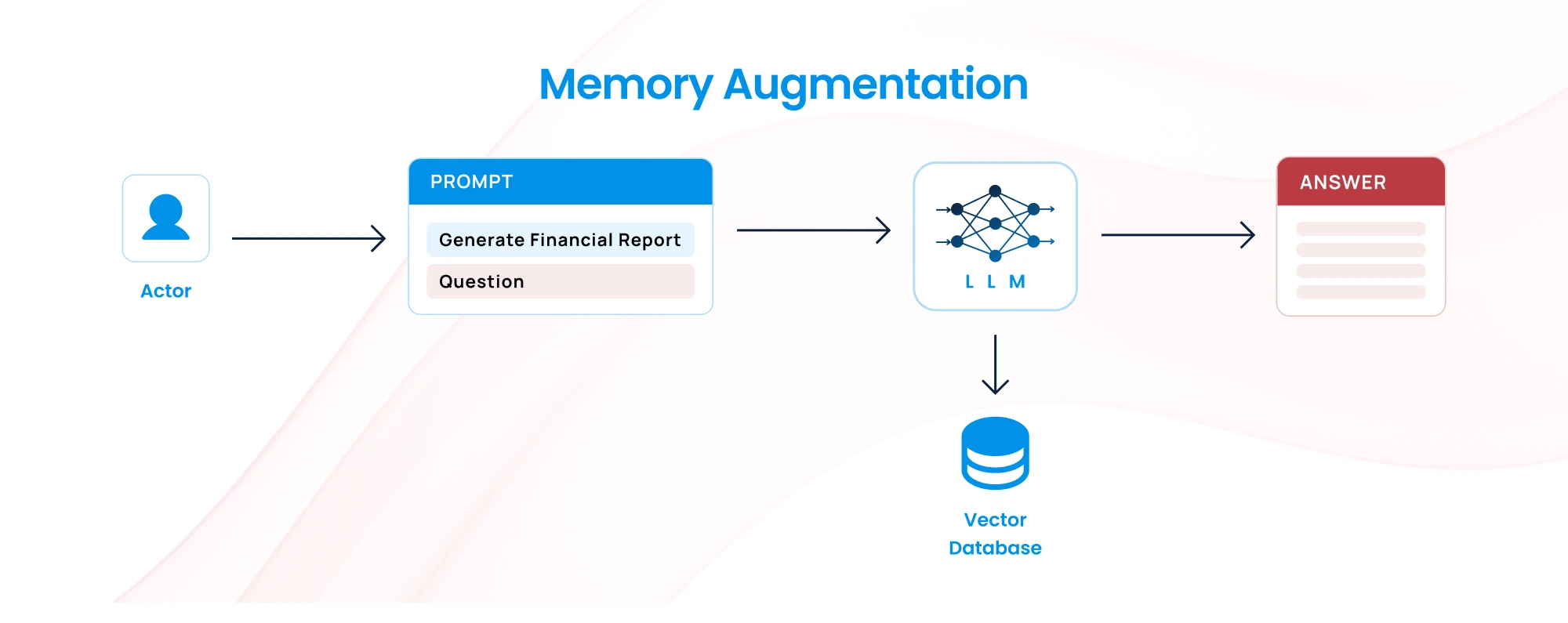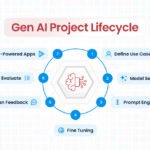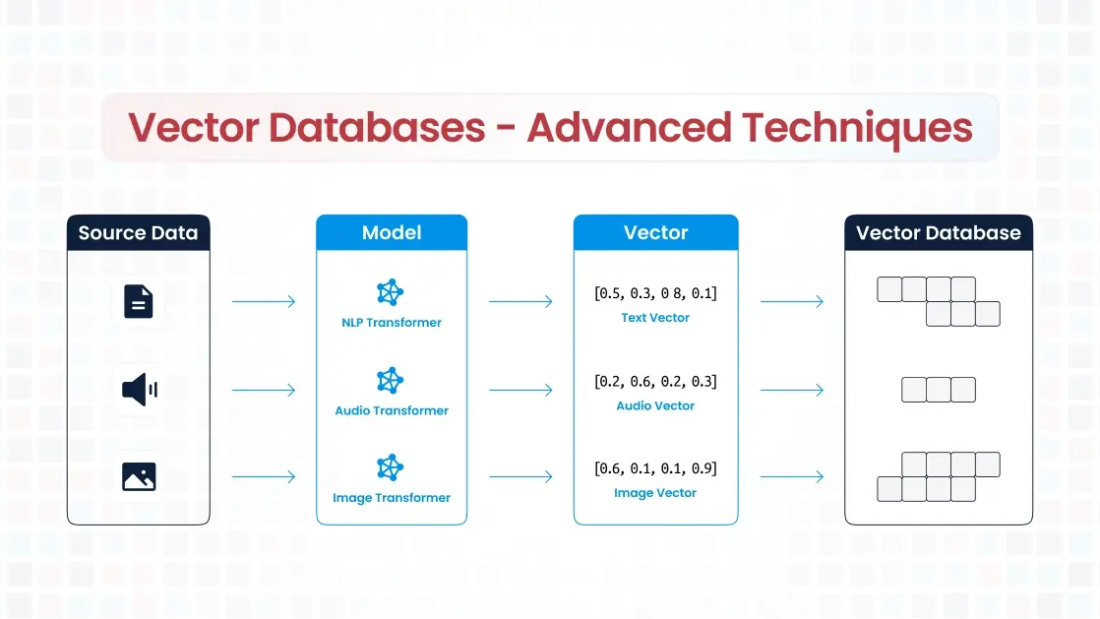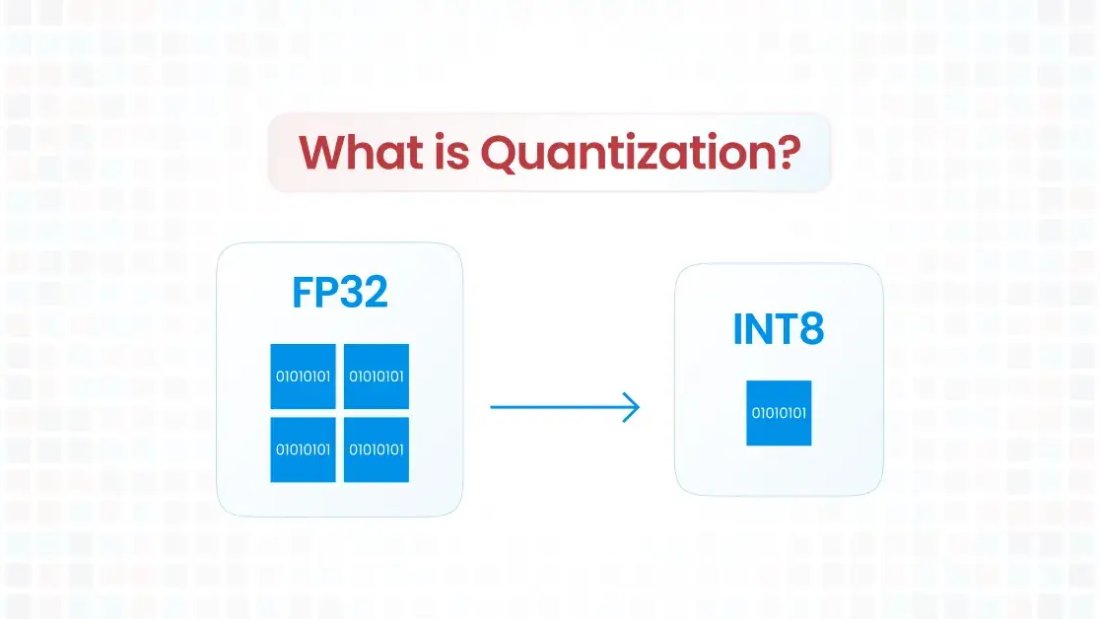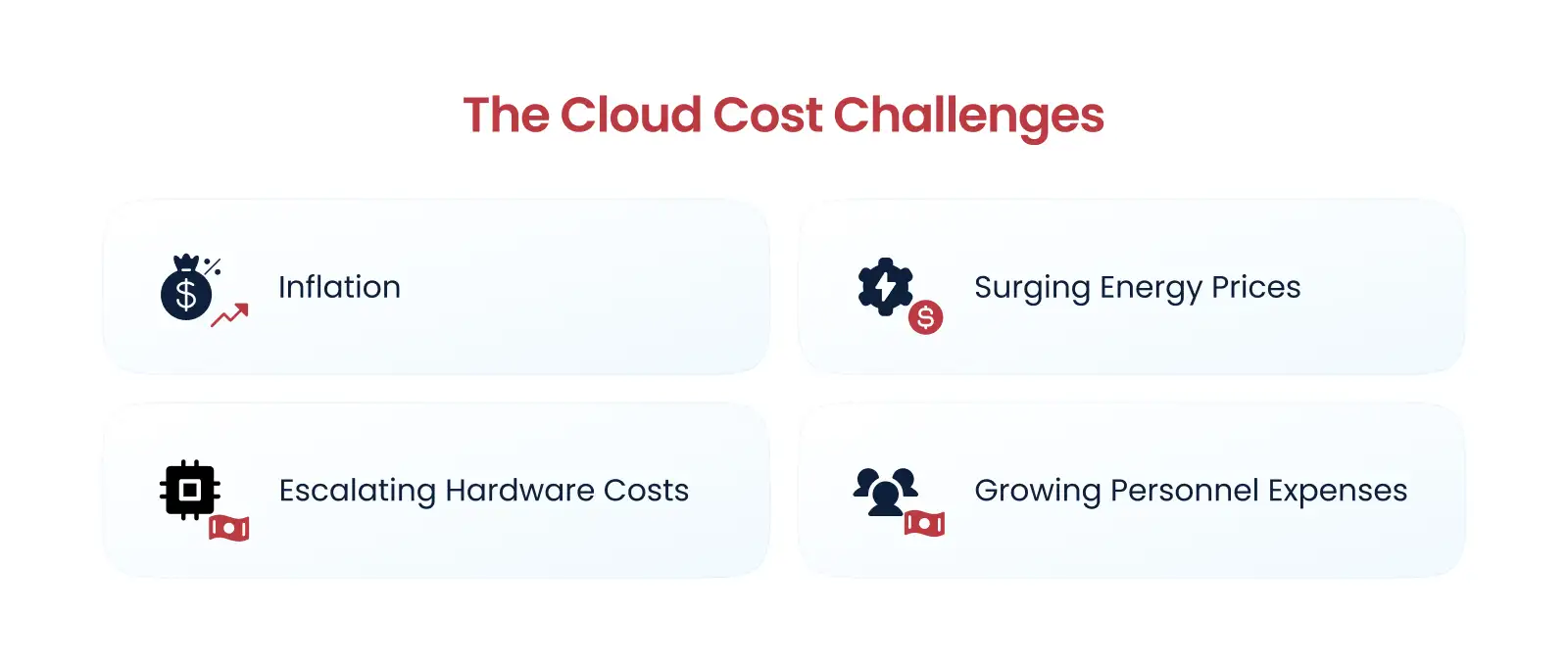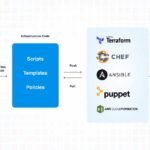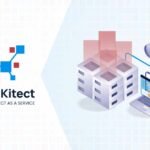With businesses increasingly migrating to the cloud for its scalability, cost-efficiency, and innovation, ensuring data security and operational integrity is more critical than ever. Therefore implementing Cloud security Best Practices have become a cornerstone of IT strategies. But how do you ensure your cloud infrastructure remains secure without compromising performance or flexibility?
This post explores why cloud security is most effective when integrated directly into the architecture and how CloudKitect provides components designed with baked-in security, helping businesses stay protected while accelerating the development of cloud-native solutions.
Why Cloud Security Should Be Baked Into the Architecture
Cloud security isn’t an afterthought—it must be a foundational aspect of your infrastructure. When organizations attempt to add security measures after the cloud infrastructure is built, they often face these challenges:
- Inconsistencies in security enforcement: Retroactive security solutions may leave gaps, leading to vulnerabilities.
- Increased costs: Fixing architectural flaws later is more expensive than addressing them during the design phase.
- Complexity: Bolting on security introduces complexity, making it harder to manage and scale.
A retrofit approach to security will always to more expansive and may not be as effective. During the software development lifecycle—spanning design, code, test, and deploy—the most effective approach to ensuring robust security is to prioritize it from the design phase rather than addressing it after deployment. By incorporating security considerations early, developers can identify and mitigate potential vulnerabilities before they become embedded in the system. This proactive strategy allows for the integration of secure architecture, access controls, and data protection measures at the foundational level, reducing the likelihood of costly fixes or breaches later. Starting with a security-first mindset not only streamlines development but also builds confidence in the solution’s ability to protect sensitive information and maintain compliance with industry standards. Hence, the best approach is to build security into every layer of your cloud environment from the start. This includes:
1. Secure Design Principles
Adopting security-by-design principles ensures that your cloud systems are architected with a proactive focus on risk mitigation. This involves:
- Encrypting data at rest and in transit with strong encryption algorithms.
- Implementing least privilege access models. Don’t give any more access to anyone than is necessary.
- Designing for fault isolation to contain breaches.
- Do not rely on a single security layer, instead introduce security at every layer of your architecture. This way they all have to fail for someone to compromise the system, making it significantly harder for intruders. This may include strong passwords, multi factor authentication, firewalls, access controls, and virus scanning etc.
2. Identity and Access Management (IAM)
Robust Identity and Access Management systems ensure that only authorized personnel have access to sensitive resources. This minimizes the risk of insider threats and accidental data exposure.
3. Continuous Monitoring and Automation
Cloud-native tools like AWS CloudTrail, Amazon Macie, Amazon Guard duty, AWS Config etc. enable organizations to monitor and respond to potential threats in real-time. Automated tools can enforce compliance policies and detect anomalies.
4. Segmentation
Building a segmented system of microservices, where each service has a distinct and well-defined responsibility, is a fundamental principle for creating resilient and secure cloud architectures. By designing microservices to operate independently with minimal overlap in functionality, you effectively isolate potential vulnerabilities. This means that if one service is compromised, the impact is contained, preventing lateral movement or cascading failures across the system. This segmentation enhances both security and scalability, allowing teams to manage, update, and secure individual components without disrupting the entire application. Such an approach not only reduces the attack surface but also fosters a modular and adaptable system architecture.
By baking security into the architecture, organizations reduce risks, lower costs, and ensure compliance from the ground up. Also refer to this aws blog on Segmentation and Scoping
How CloudKitect Offers Components with Baked-in Security
At CloudKitect, we believe in the philosophy of “secure by design.” Our aws cloud components are engineered to include security measures at every level, ensuring that organizations can focus on growth without worrying about vulnerabilities. Here’s how we do it:
1. Preconfigured Secure Components
CloudKitect offers Infrastructure as Code (IaC) components that come with security best practices preconfigured. For example:
- Network segmentation to isolate critical workloads.
- Default encryption settings for storage and communication.
- Built-in compliance checks to adhere to frameworks like NIST-800, GDPR, PCI, or SOC 2.
These templates save time and ensure that security is not overlooked during deployment.
2. Compliance at the Core
Every CloudKitect component is designed with compliance in mind. Whether you’re operating in finance, healthcare, or e-commerce, our solutions ensure that your architecture aligns with industry-specific security regulations.
Refer to our Service Compliance Report page for details.
3. Monitoring and Alerting
CloudKitect’s components have built in monitoring at every layer to provide a comprehensive view for detecting issues within the cloud infrastructure. By incorporating auditing and reporting functionalities, it supports well-informed decision-making, enhances system performance, and facilitates the proactive resolution of emerging problems.
4. Environment Aware
CloudKitect components are designed to be environment-aware, allowing them to adjust their behavior based on whether they are running in DEV, TEST, or PRODUCTION environments. This feature helps optimize costs by tailoring their operation to the specific requirements of each environment.
Benefits of Cloud Computing Security with CloudKitect
- Faster Deployments with Less Risk
With pre-baked security, teams can deploy applications faster without worrying about vulnerabilities or compliance gaps. - Reduced Costs
Addressing security during the design phase with CloudKitect eliminates the need for costly retrofits and fixes down the line. - Simplified Management
CloudKitect’s unified approach to security reduces complexity, making it easier to manage and scale your cloud environment. - Enhanced Trust
With a secure infrastructure, your customers can trust that their data is safe, boosting your reputation and business opportunities.
- Faster Deployments with Less Risk
Check our blog on Cloud Infrastructure Provisioning for in-depth analysis of CloudKitect advantages.
Conclusion: Security as a Foundation, Not a Feature
Cloud security should never be an afterthought. By embedding security directly into your cloud architecture, you can build a resilient, scalable, and compliant infrastructure from the ground up.
At CloudKitect, we help organizations adopt this security-first mindset with components designed for baked-in security, offering peace of mind in an increasingly complex digital landscape. Review our blog post on Developer Efficiency with CloudKitect to understand how we empower your development teams with security first strategy.
Ready to secure your cloud? Explore how CloudKitect can transform your approach to cloud security.
By integrating cloud computing security into your strategy, you’re not just protecting your data—you’re enabling innovation and long-term success.
Talk to Our Cloud/AI Experts
Search Blog
About us
CloudKitect revolutionizes the way technology startups adopt cloud computing by providing innovative, secure, and cost-effective turnkey AI solution that fast-tracks the digital transformation. CloudKitect offers Cloud Architect as a Service.
